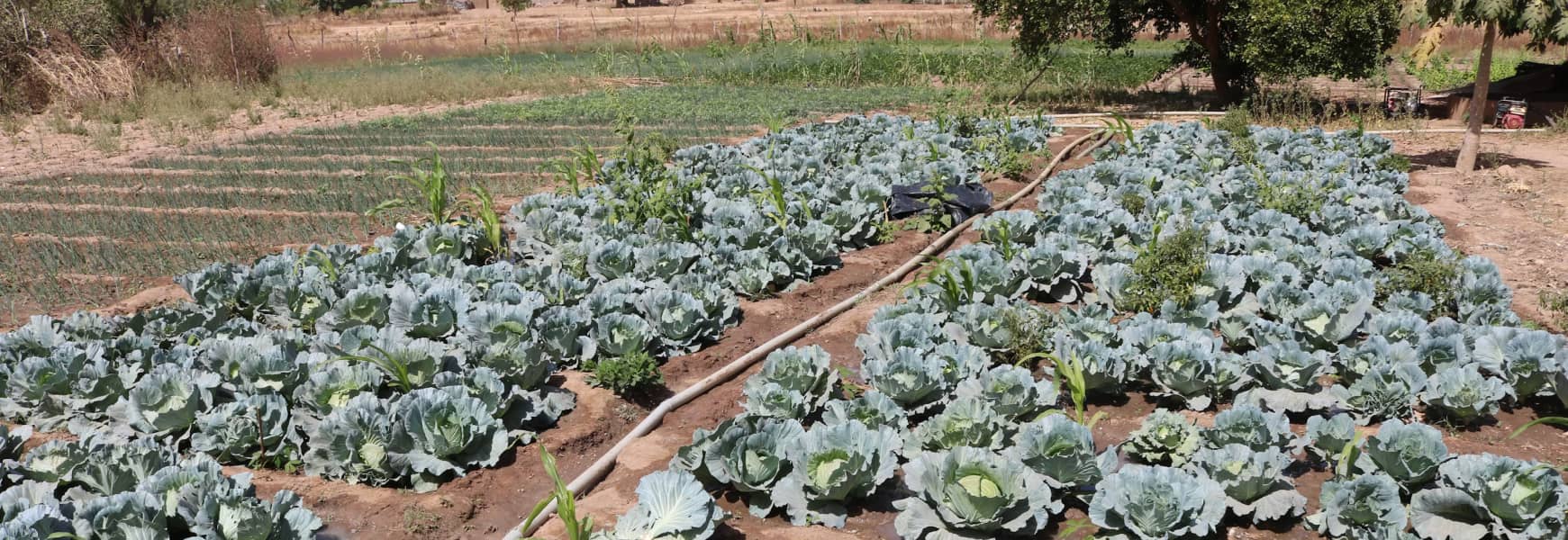How Agroecological Farming Transformed Emmanuel’s Field in Burkina Faso
We recently met one exceptional farmer whose story speaks to the heart of our work: Wango Emmanuel, from Bonessin, Burkina Faso.
After spending several years living and working in Côte d’Ivoire, Emmanuel returned to his native village amid a grave political crisis. His only means of feeding his family was a small plot of land he inherited from his father. But the soil had hardened like cement, rendered unproductive by decades of extractive farming practices common in the area.
As soil fertility declined, farmers turned to expensive chemical fertilizers and inputs promoted by the government and certain NGOs. Instead of improving conditions, these practices led to further soil degradation, increased dependency, deepened poverty, and rising malnutrition among rural families. Erratic rainfall driven by climate change compounded these challenges, making survival even more precarious for smallholder farmers.
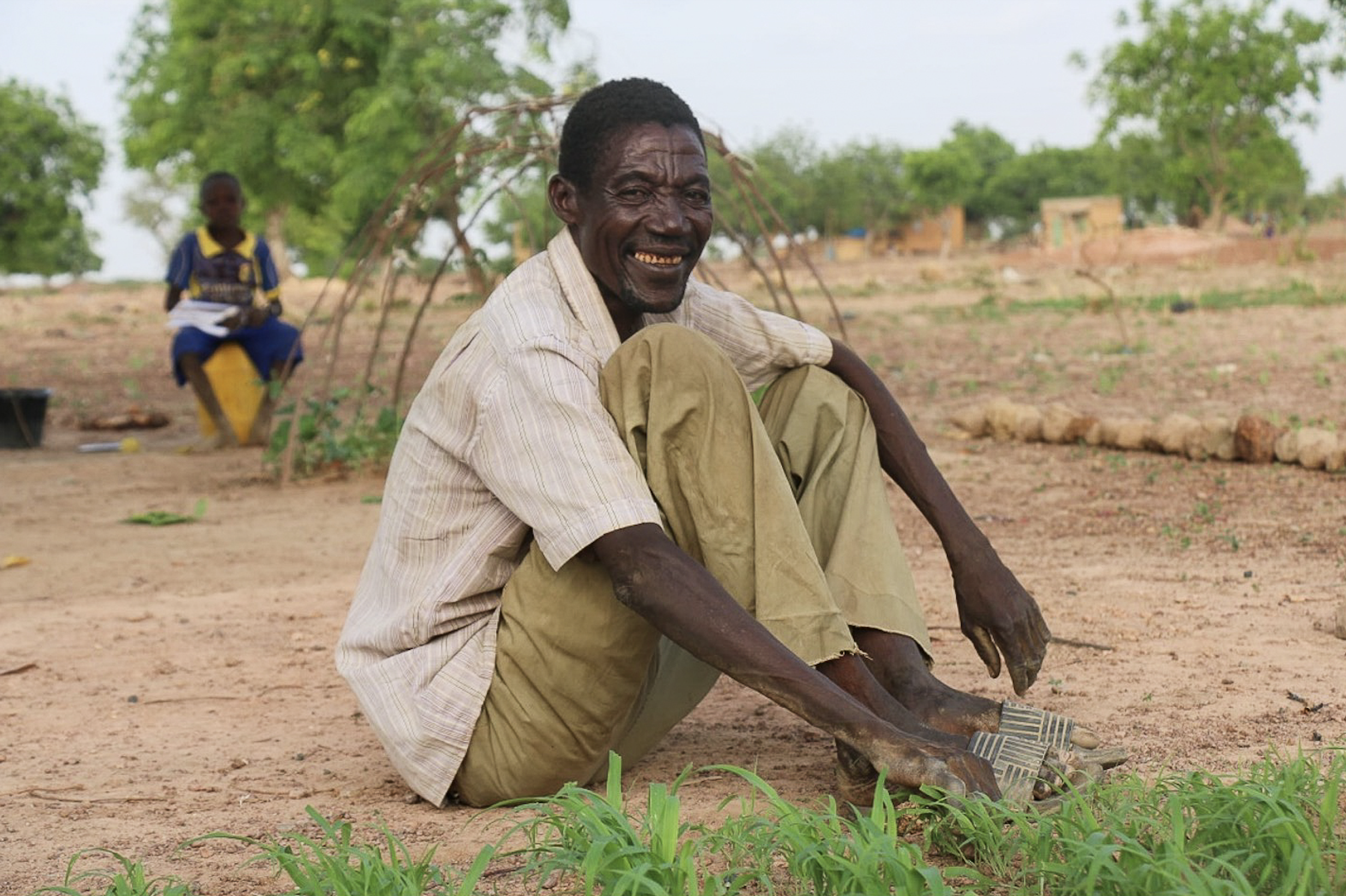
Seeking a Better Way to Farm
But Emmanuel knew there had to be a better way to farm. His search for regenerative farming solutions led him to meet staff from our local NGO partner, Association Nourrir Sans Détruire. They were working with other farmers in the area, and introduced Emmanuel to agroecological farming. Motivated and eager to learn, he attended every training available, often learning from other farmers on their own plots.
He quickly mastered agroecological farming methods such as:
- digging Zaï and half-moon pits to capture more rainwater for plants,
- building stone contour barriers to stop soil erosion,
- improving composting methods to produce compost in weeks instead of months,
- and diversifying crops to protect plants against pests and diseases and reduce soil degradation.
These regenerative farming practices enable farmers to restore soil health while cutting down on chemicals, making a real difference for struggling families.
Transitioning to agroecology reshaped Emmanuel’s field. With each agricultural season, he continued to innovate, witnessing remarkable improvements in soil health. By the end of 2023, his barley yield doubled from 400 kg to 800 kg per hectare. This success fueled his passion to share what he had learned. He became a “Peasant Trainer”, teaching regenerative practices to other farmers in his community. His fields have become a living example of the impact of regenerative farming, inspiring his neighbors to embrace agroecology. He proudly shares:
“Inheriting poor soil is not necessarily up to us, but producing higher yields and better [food] quality is a choice.”
Emmanuel can now rely on his fields to feed and support his family. Driven by his success, he remains committed to sharing his knowledge, helping more farmers transform their land and livelihoods.
Join us in empowering tens of thousands of determined farmers like Emmanuel to build healthier food systems from the ground up. Your support makes a lasting difference—donate today and be part of the farmer-led movement!
A quick guide on the agroecological farming practices used by Emmanuel
Agroecological farming practices like Zaï pits, half-moons, and stone contour barriers have many benefits on soil health. They work together to restore degraded land, retain water, reduce soil erosion, enhance fertility, and improve resilience. Here’s a mini-guide to help you understand how they work.
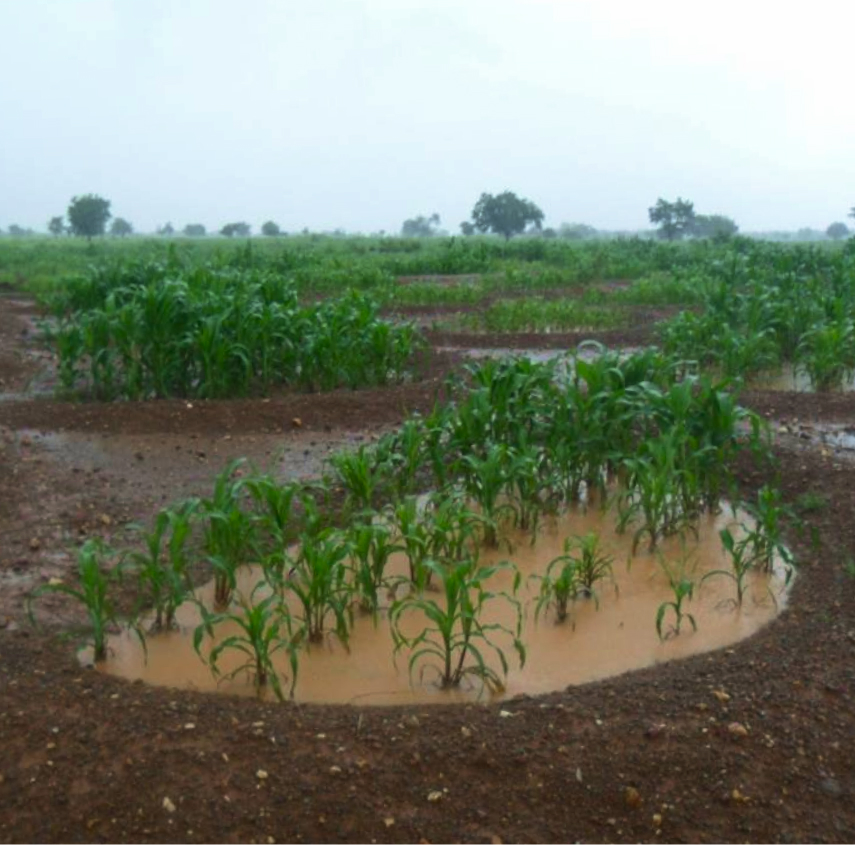
Half-Moons
Half-moons are crescent-shaped hollows dug into the ground to trap rainwater and reduce runoff. These structures help water seep into the soil, improving moisture retention and creating ideal conditions for crops to grow.
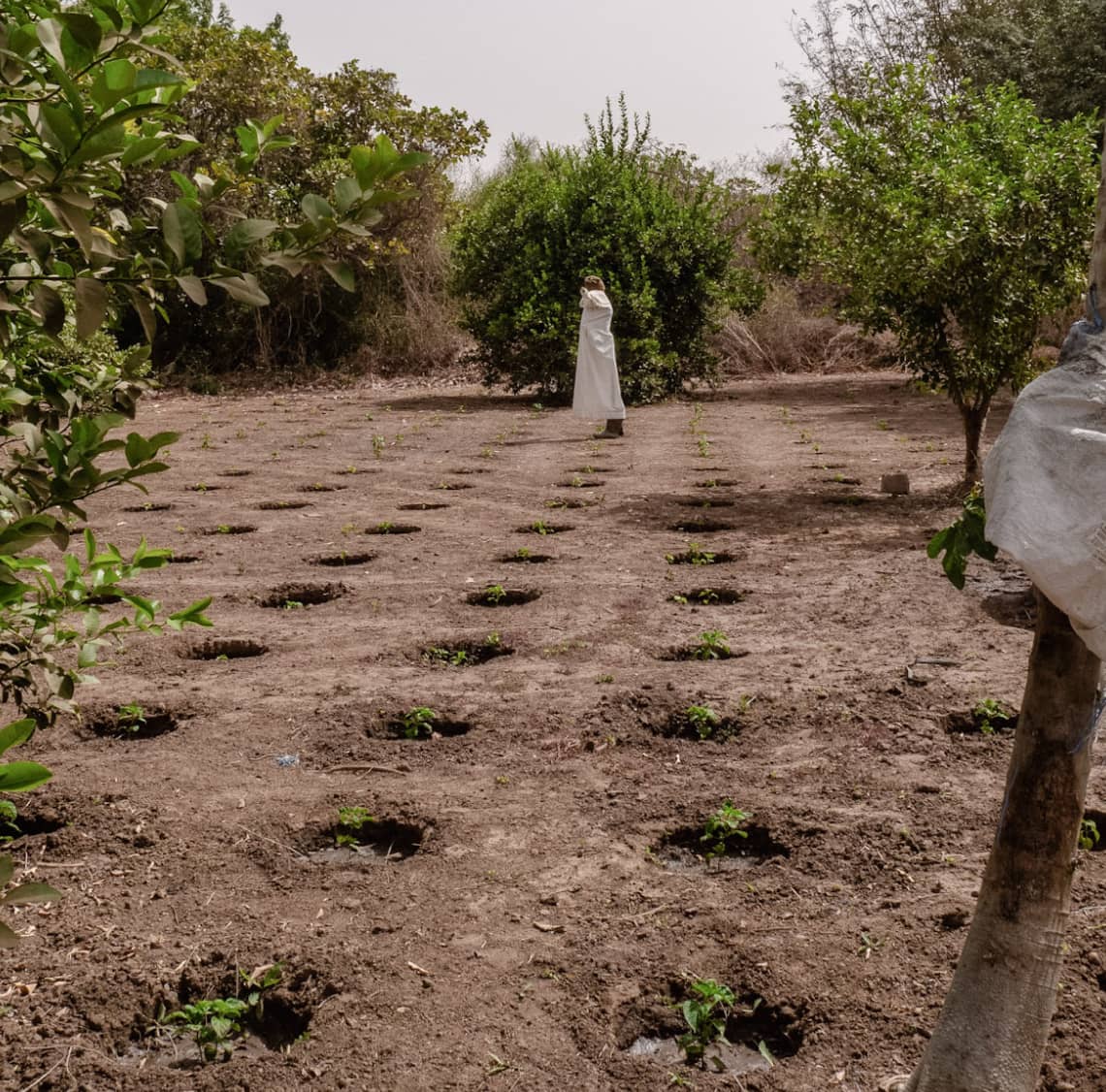
Zaï pits
Zaï is a traditional planting technique used to restore degraded land. Farmers dig small pits in the soil to catch and hold rainwater. They fill these pits with compost or manure, creating nutrient-rich pockets where seeds can thrive, even in dry conditions.
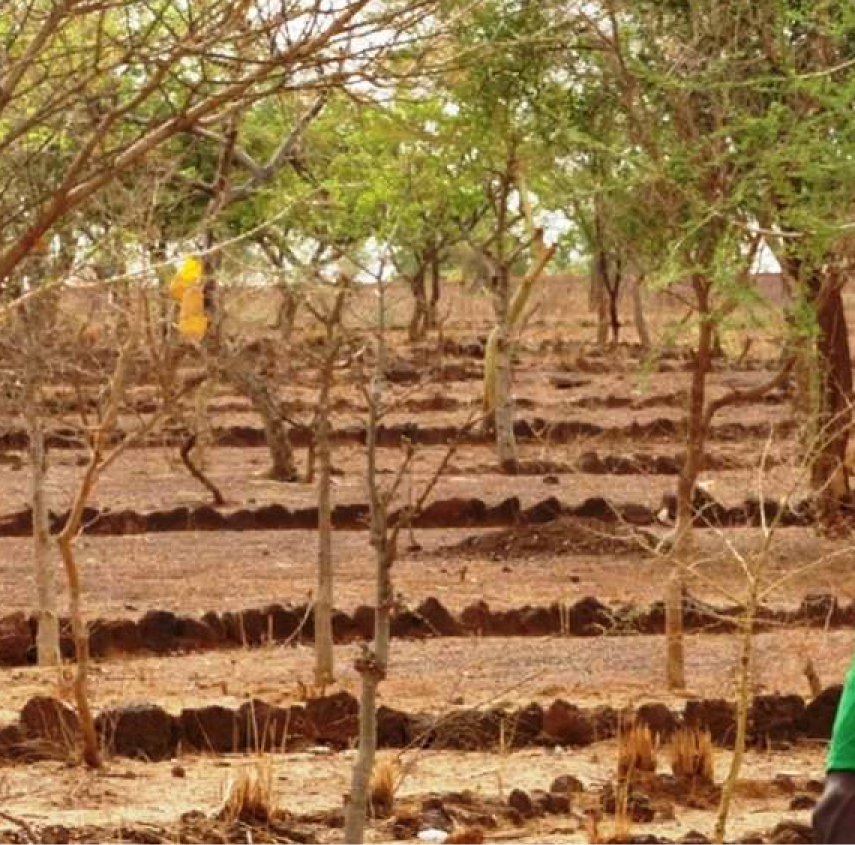
Stone contour barriers
Stone contour barriers are lines of stones placed along the natural contours of the land. They slow down water flow during heavy rains, reducing soil erosion and allowing water to soak into the ground, helping crops access moisture.

